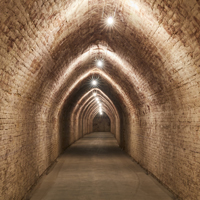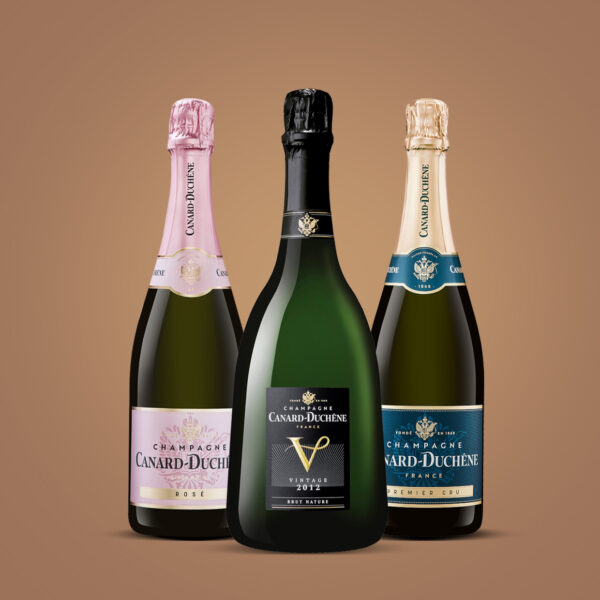The Mag
What is champagne stirring?
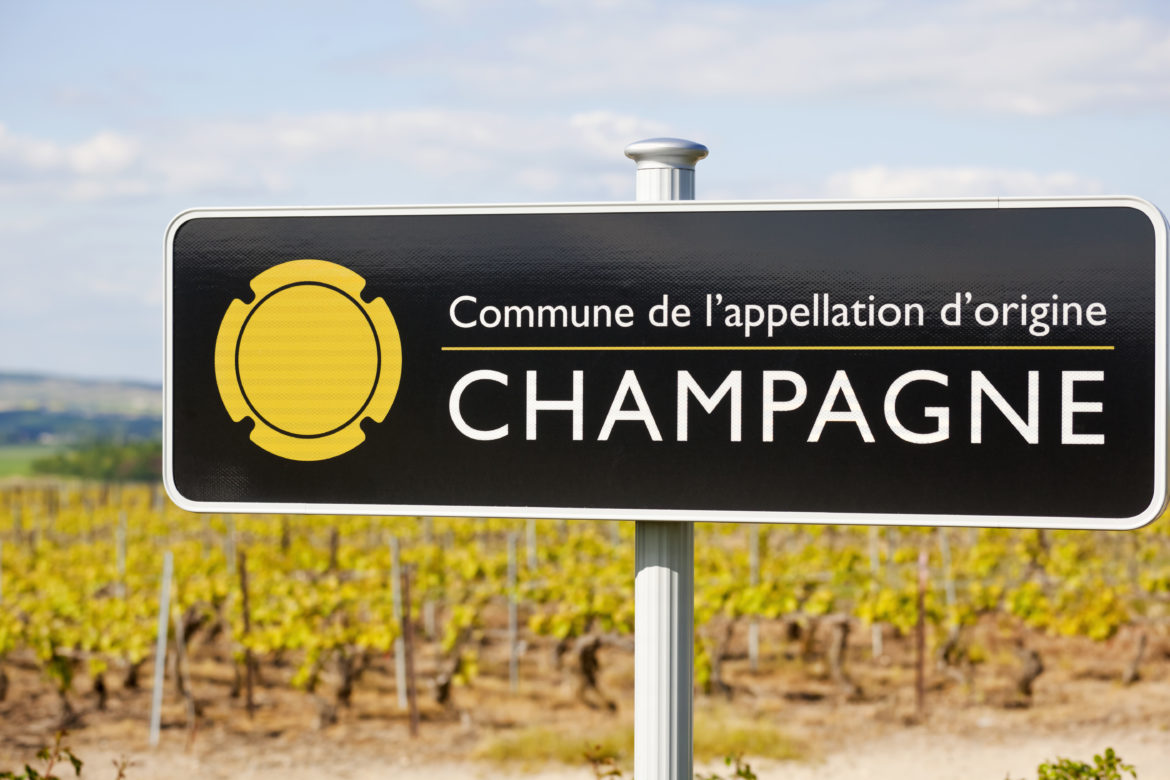
Champagne riddling or stirring is this ancestral gesture which consists in turning the bottles and raising them gradually to bring the deposit to the neck of the bottle.
This is an essential step in the making of champagne wines, which involves the human hand and a lot of patience. Today the process can be automated but the result is the same: the creation of a perfectly clear champagne.
After the rest comes
the gentle awakening
After the harvest by hand, the grapes were bottled and then left to rest for many months, at least 15 for non-vintage wines and 3 years for vintagewines. The prise de mousse has taken place. It consists of the addition of a liqueur de tirage composed of sugar, yeast and a stirring additive. It is essential to transform still wines into sparkling wines.
But after this long period spent in the shelter of temperate cellars, it is time to proceed to the stirring of each bottle of champagne. The reason is simple, it is necessary to slide these famous sediments to the neck where they will be extracted during the disgorging stage.
A professional “remueur” can stir between 50,000 and 60,000 bottles a day.
This stage takes place over a month and a half. During this time, a bottle of champagne will be stirred about 25 times. The bottle is rotated 1/8 or ¼ of a turn to the left or right from a chalk line drawn on the base of the bottle. It is also gradually straightened from horizontal to vertical to end up in the “on point” (head down) position.
These different movements, which have been reproduced for centuries, allow the bulk of the deposit to be moved towards the neck of the bottle, while at the same time dragging the finest particles with it.

Manual stirring
versus automatic stirring
Which is more efficient, the human hand or the gyropalette riddling machine? This know-how is a little less used except for large formats and bottles with particular shapes proposed by the great champagne maisons. The cellar master will be in charge of the riddling schedule to be concluded in just a few weeks.
To give you an idea, the manual stirring was spread over 6 weeks, the automatic stirring allowed to reduce the time significantly since it takes only one week to complete the step. Manual or automatic riddling, it doesn’t matter, the result is just as convincing for both, with perhaps the beauty of the gesture lessened when the machine intervenes.
History
of stirring
To make the deposit slide along the neck of the bottle, it was necessary to be ingenious and many processes were created, some of them quite exotic. It was not until 1818 that the stirring table emerged. It has slanted holes so that the bottles can be tilted at various angles. It represents a real work of reflection on gravity. In 1864, a certain Mr. Michelot perfected the concept and filed the patent for the table as it still exists today. It contains 120 bottles.
At the end of this stage, the disgorgement will follow, a process that is also manual (more and more rare) or mechanical (most frequent). It consists in plunging the neck of the bottle into a solution at -27°. The ice cube that forms in the neck of the bottle traps the sediment and makes it easier to extract.
Riddling has played a major role in the elegance of champagne. Over the decades, it has been refined with the sole objective of offering ever greater lucidity and clarity to the champagne.
These articles may be of interest to you
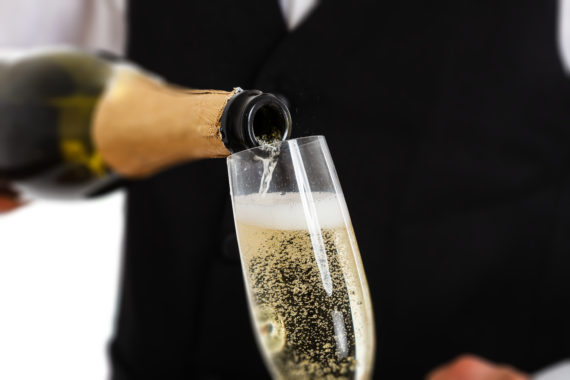
Advices
What is the alcohol content of champagne?
In an alcohol-based drink, the alcohol content is expressed in two ways, either in degrees or in percentages. Champagne has an average alcohol…
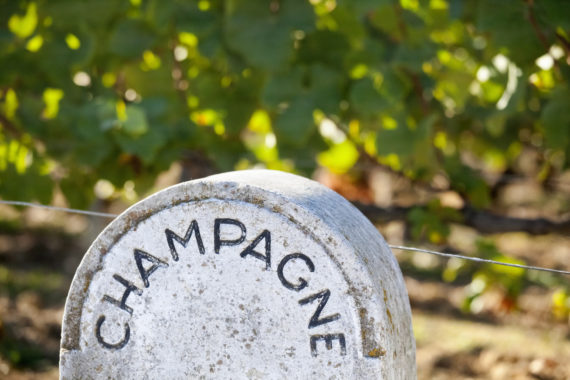
Knowledge
What is the origin of champagne?
At the origin of champagne, there is a man, a certain Dom Pérignon. This Benedictine monk from Hautvillers Abbey near Epernay is known…


